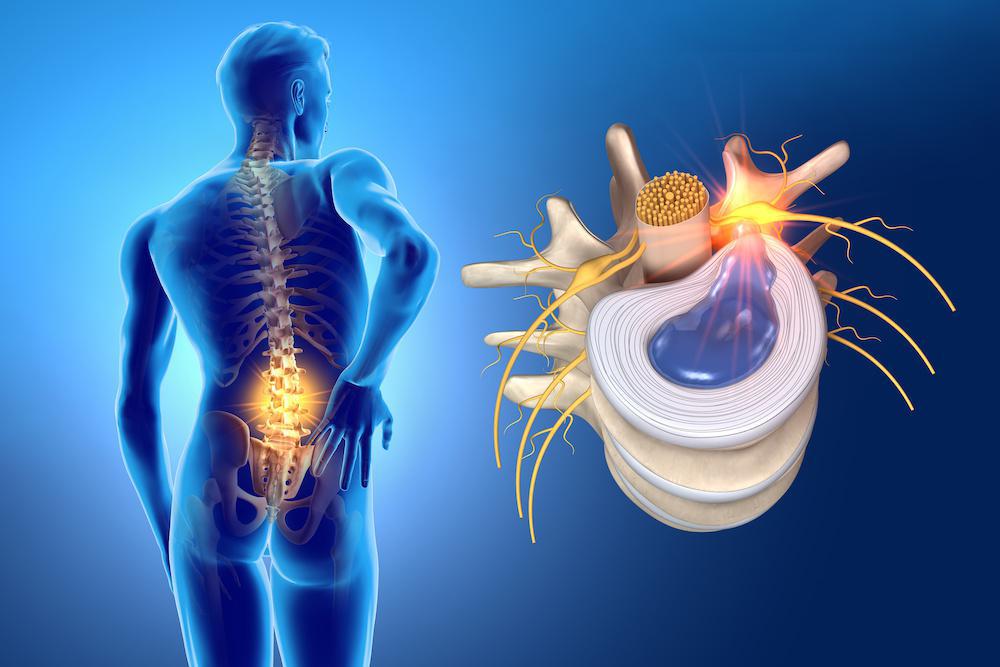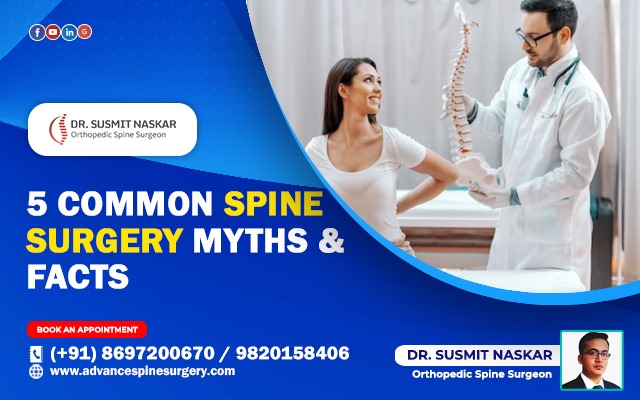(9am to 8pm)

A bulging disc is a common health problem that occurs when the column of bones that cushion your spine protrude or become swollen. It appears as a swelling in the disc without a burst or tear in the outer wall. Many people don’t even know they have a bulging disc because the disc’s inner part stays included in this condition. A bulging disc is mainly caused due to wear and tear on the discs due to regular heavy lifting, recurring pressure, and age-related wear and tear. A herniated disc is also called a ruptured disk or a slipped disk, and it occurs when the nucleus pushes out in the annulus through a tear. This can happen due to various reasons, such as injury, mishap, overexertion, wear, and tear, or aging. The symptoms of bulging and herniated discs include pain, weakness, and numbness. There are different treatment options for bulging and herniated discs, both nonsurgical and surgical. Let’s take a look at the non-surgical treatment options for bulging and herniated discs.
Treatment options for a Herniated Disc
1. Active and passive exercise
Almost seven million people in the United States have herniated discs annually. But you’ll be glad to know that surgery is not the only way to treat a herniated disc. There are a few nonsurgical methods that you can pursue before surgery. Many doctors recommend staying active as one of the best ways to deal with herniated discs. You can consult a physical therapist to understand how much daily activity is required to help you deal with this condition. Some of the best passive exercises that you can do to deal with a herniated disc include traction therapy, transcutaneous electrical nerve stimulation, and deep tissue massage. You can also try out active exercises like aerobics, stretching, and strengthening to relax and contract your muscles directly. But don’t try any exercise as a form of treatment without consulting your doctor. You should also remember that the stretches and exercises should be patient and condition-specific to be effective.
2. Hot and cold therapy
Hot and cold therapy can also provide you with relief from a herniated disc. Hot therapy promotes healing and increases circulation, and cold therapy relieves pain and reduces inflammation. You can start with cold therapy, and once you feel relieved from pain, you can try hot therapy to accelerate healing.
Treatment options for a bulging disc
1. Conservative treatments
If you have been diagnosed with a bulging disc, the doctors might suggest a course of conservative treatments. Initially, the treatment is given to relieve your pain. Most treatment plans also address factors like nutritional habits, excessive weight, and smoking, as they can also lead to disc degeneration. Some of the common conservative treatments for a bulging disc include physical therapy, anti-inflammatory injections, lifestyle changes like quitting smoking and reducing weight, and epidural steroid injections.
2. Medication
Many patients dealing with bulging discs encounter severe pain. For such patients, the doctor may prescribe anti-inflammatory drugs or a muscle relaxant that can effectively address related muscle spasms. Steroid injections can also be effective in long-term pain management and reduction of inflammation.
3. Chiropractic care
You can also opt for chiropractic care to deal with a bulging disc. Your chiropractor might recommend trying various forms of spinal manipulation to reduce pain. The chiropractor will also work towards repositioning certain misaligned vertebrae due to the change in the shape of your disc. Spinal decompression therapy has also proved to be effective in reducing symptoms of a bulging disc. If you don’t get relief from these treatment options, your doctor might recommend surgery.



